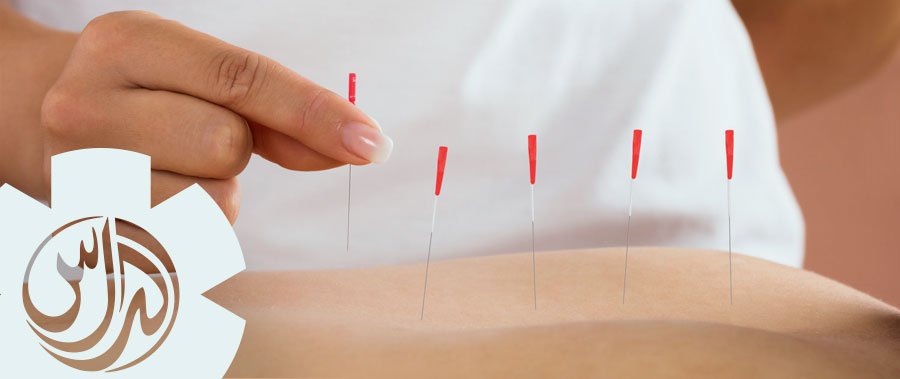Dry needling
Dry needling is a modern technique, a popular treatment used by skilled physical therapists to relieve pain or improve range of motion. It is part of a larger treatment plan. Moreover, well trained specialists insert a fine needle or acupuncture needle into the skin and muscle. The needle allows the expert to reach some tissues which are not manually palpable. It is aimed at myofascial trigger points (MTrP) – hyperirritable spots in skeletal muscle, associated with a hypersensitive palpable nodule in a taut band.
In addition to the possible relief from pain and muscular stiffness, easing the trigger points can improve flexibility and increase range of motion.
Benefits of dry needling
Dry needling of myofascial trigger points via mechanical stimulation causes an analgesic effect. This mechanical stimulation causes a local twitch response (LTR). An LTR is an involuntary spinal cord reflex contraction of the muscle fibers in a taut band. Triggering an LTR shows reduction in the concentration of nociceptive substances of the chemical environment near myofascial trigger points.
The needle may cause a small focal lesion which triggers satellite cell migration to the area which repairs or replaces damaged myofibers. Also, a localized stretch to the cytoskeletal structures may allow sarcomeres to resume their resting length and electrical polarization of muscle and connective tissue.
Moreover, the mechanical pressure causes collagen fibers to be intrinsically electrically polarized which triggers tissue remodelling.
Dry needling can restore muscle activation and strength as well as ROM.
Not usually. The aim of Dry Needling is to achieve a local twitch response or a sensation like a muscle cramp, to relax the overactive muscles, deactivate the trigger point, reduce pain and restore normal length and function to the involved muscle. The needle used is very thin and you can usually feel some sensation when it is applied although this should be slight. Sometimes the needle can be moved back and forth to create a twitch response.
Our therapists use a gentle style
The level of movement we use depends on the training style and approach of each therapist. Our therapists use a gentle style for the most part, although it may be more robust if you are used to dry needling and are very active. However, sometimes you can experience some discomfort if the needle is moved back and forth, but this would be for a very short time.
- Identification of myofascial trigger points in the muscle through palpation
- Deep dry needling reproduces the patient’s pattern of pain
- Identification of ‘Jump’ and ‘Shout’ sign on palpation on Myofascial trigger points.
- The minimum criteria for diagnosis of myofascial trigger points are:
- Spot tenderness in a palpable band of skeletal muscle
- Subject recognition of pain with palpation
- Clinical presentation
- If the patient has phobia of needles
- If the patient fears, does not feel comfortable or does not believe in the effectiveness of this therapy
- If the patient is unable to give consent – communication, cognitive, age-related factors
- In case of a medical emergency or an acute medical condition
- Over an area or limb with lymphedema as this may increase the risk of infection/cellulitis and the difficulty of fighting the infection if one should occur
- Inappropriate for any other reason
Book a visit 04 452 998 or by filling the online form